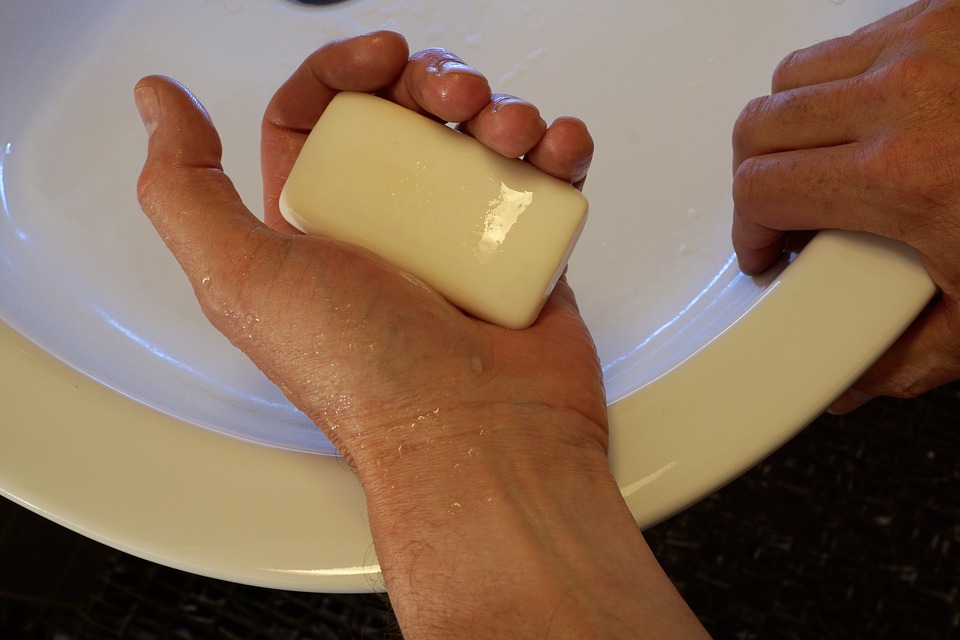
Aside from getting our yearly vaccination, one other fundamental thing that all of us can do to ward off the flu and illness is thoroughly and frequently wash our hands. According to the Centers for Disease Control, cleaning our hands is the single most important thing that we can do to keep from getting sick and spreading illness to others.
Although our mothers and kindergarten teachers taught us this essential skill for preventing the spread of germs, most people do not wash properly or frequently enough. According a study in the Journal of Environmental Health, an observational study by the twelve researchers found:
- Ninety-five percent of research subjects were not following all the recommendations.
- Thirty-three percent of subjects didn’t use soap, while 10 percent skipped hand-washing entirely.
- The average hand-washing time was 6 seconds, far below the recommended duration.
- Only 50 percent of men used soap, compared to 79 percent of women.
Here are a few reminders on proper hand washing:
- Wash frequently: after using the bathroom, before eating, before, during and after food preparation, when your hands are dirty, after handling animals or animal waste, when in contact with someone who is sick, after handling diapers, after blowing your nose, coughing, or sneezing on your hands, after touching raw meat, fish, or poultry.
- Use warm to hot soapy water
- Wash for 20 seconds (sing Happy Birthday twice through)
- Make sure to scrub backs of hands, wrists, in between fingers, and underneath nails
- Blow-dry or use paper towels
- If possible, use a paper towel to turn off the faucet and to open the bathroom door.
Unfortunately, hand washing is not easy in some schools and workplaces. Non-working sinks, inadequate paper towels and soap, insufficient time in schools and worksites, and vandalisms all can pose barriers. Therefore, it might be necessary to carry an alcohol based hand sanitizer. Be sure to advocate for proper hand-washing facilities at schools and workplaces so that others can stay healthy.
Hand sanitizers can be helpful in situations where handwashing is not possible. However, sanitizers should NOT be used as a replacement for proper handwashing when handwashing facilities are available. According to the CDC, hand sanitizers do not kill all germs and are not as effective on soiled hands. Sanitizers are most effective when used after handwashing to improve hygiene. Good old fashion handwashing is the only way to remove dirt and organic matter.
Author: Dan Remley
Reviewer: Pat Brinkman, Extension Educator, Family and Consumer Sciences, Ohio State University Extension
Sources:
Borchgevinck, C., Cha, J., Kim, S. (2013). Handwashing Practices in a College Town Environment. Journal of Environmental Health. 75(8):18-24.
Centers for Disease Control and Prevention. (2015). Handwashing Saves Lives. Accessed on 12/28/2015 at http://www.cdc.gov/handwashing/index.html
Centers of Disease Control and Prevention. (2015). When to Use Hand Sanitizers
Accessed on 12/28/2015 at http://www.cdc.gov/handwashing/show-me-the-science-hand-sanitizer.html

